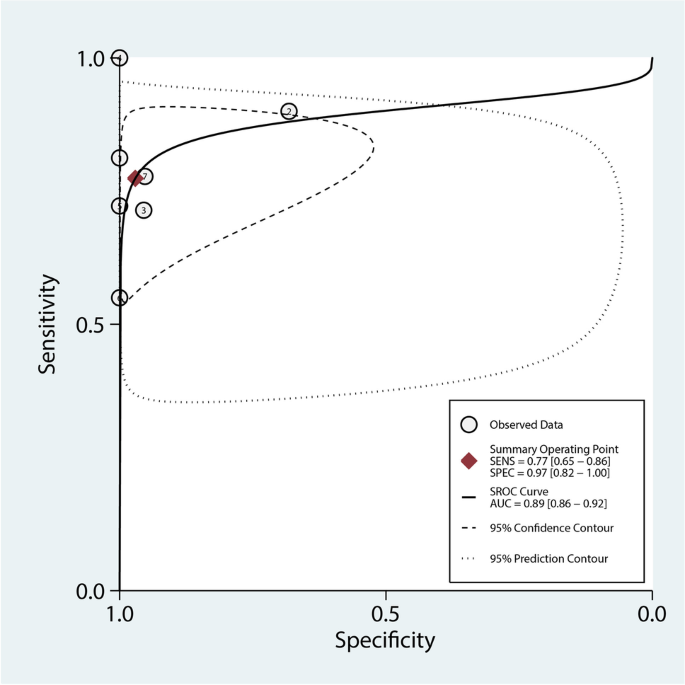

However, the agents still caused adverse effects, as they were still of high osmolarity the term is explained below. Modern ionic contrast agents were introduced in 1950 and were derivatives of tri-iodo benzoic acid this structure enabled three atoms of iodine to be carried, rendering it more radio-opaque. These media, however, produced varying adverse reactions, and it was realised that a contrast agent was needed that was both safe to administer and enhanced the contrast of the radiographic image. Iodine-based contrast media have been used ever since. The first iodine-based contrast used was a derivative of the chemical ring pyridine, to which a single iodine atom could be bound in order to render it radio-opaque. Sodium iodide was too toxic for satisfactory intravenous use, necessitating a need to find a less toxic iodinated compound. In 1923 the first angiogram and opacification of the urinary tract was performed using sodium iodide. During this treatment the urine in the bladder was observed to be radio-opaque owing to its iodine content.

In the early 1920s, syphilis was treated with high doses of sodium iodide. Images of the urinary system were achieved in the early 1920s. These salts were very toxic, and by 1910 barium sulphate and bismuth solutions were being used in conjunction with the fluoroscope, barium sulphate having been used with differing additives ever since for imaging of the gastrointestinal tract. In 1898, the first contrast studies were carried out on the upper gastrointestinal tract of a cat using bismuth salts. In 1896, in the year after X-rays were discovered, inspired air became the first recognised contrast agent in radiographic examinations of the chest.

To report any unexpected adverse or serious events associated with the use of this drug, please contact the FDA MedWatch program listed below.Radiographic contrast has been used for over a century to enhance the contrast of radiographic images. Gadolinium-based contrast agents are rare earth metals that are usually given through an IV in the arm.įor more information about MRI and their safety and risks, please see the Center for Radiological Health’s consumer information page. A typical MRI scan last from 20 - 90 minutes, depending on the part of the body being imaged.įor some MRI exams, intravenous (IV) drugs, such as gadolinium-based contrast agents (GBCAs) are used to change the contrast of the MR image. Radio waves are sent from and received by a transmitter/receiver in the machine, and these signals are used to make digital images of the scanned area of the body. The signal in an MR image comes mainly from the protons in fat and water molecules in the body.ĭuring an MRI exam, an electric current is passed through coiled wires to create a temporary magnetic field in a patient’s body. MRI scanners use strong magnetic fields and radio waves (radiofrequency energy) to make images.

Magnetic Resonance Imaging (MRI) is a medical imaging procedure for making images of the internal structures of the body. Gadolinium-Based Contrast Agents (GBCA) are intravenous drugs used in diagnostic imaging procedures to enhance the quality of magnetic resonance imaging (MRI) or magnetic resonance angiography (MRA).


 0 kommentar(er)
0 kommentar(er)
